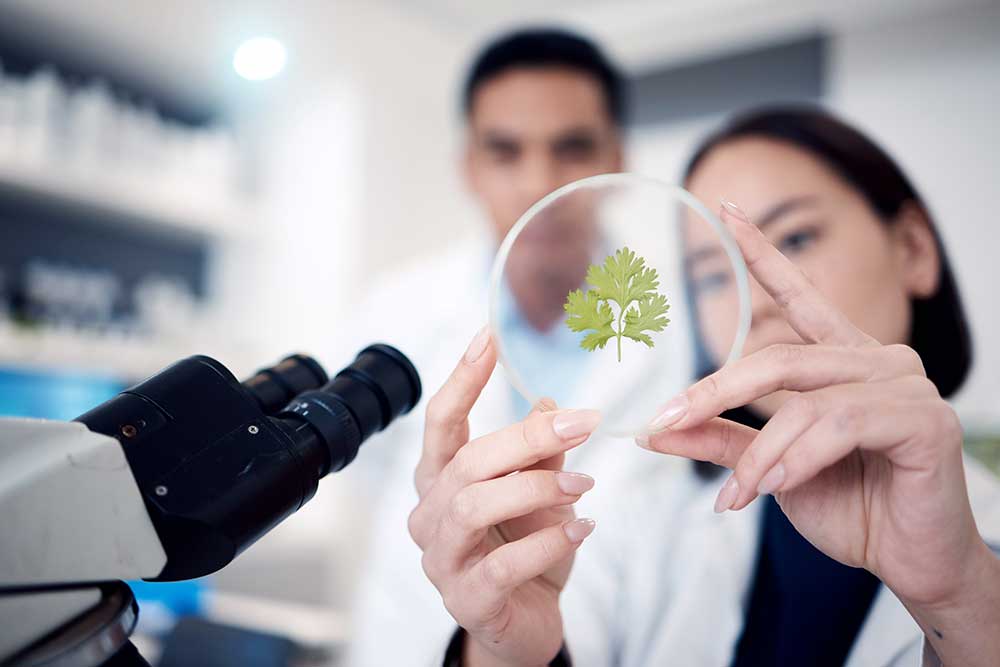Introduction
Antibiotic resistance represents one of the most pressing challenges in modern medicine, threatening the efficacy of treatments that have underpinned healthcare advancements for over a century. As bacteria evolve to withstand the effects of antibiotics, infections that were once easily treatable can become life-threatening. This essay aims to explore the biological mechanisms behind the emergence of antibiotic resistance, grounded in principles of microbiology and evolutionary theory, while also examining the public health implications of this crisis. Furthermore, it will evaluate a range of strategies to combat resistance, from improved stewardship to innovative research. By drawing on peer-reviewed literature and authoritative sources, this discussion seeks to provide a sound understanding of the issue and highlight practical approaches to address it. The essay will first outline how resistance arises before turning to potential solutions, concluding with reflections on the broader implications for global health.
The Mechanisms of Antibiotic Resistance
Antibiotic resistance occurs when bacteria develop the ability to survive exposure to drugs designed to kill them or inhibit their growth. This phenomenon is primarily a result of evolutionary processes, driven by natural selection. When antibiotics are used, they exert selective pressure on bacterial populations, eliminating susceptible individuals while allowing those with inherent or acquired resistance mechanisms to survive and reproduce (Davies and Davies, 2010). Over time, resistant strains become predominant, a process accelerated by genetic mutations and horizontal gene transfer. Mutations may alter the target site of an antibiotic, rendering it ineffective, or enhance efflux pumps that expel the drug from the bacterial cell. Horizontal gene transfer, often via plasmids, allows resistance genes to spread rapidly between bacteria, even across species (Levy and Marshall, 2004).
A classic example is the development of methicillin-resistant Staphylococcus aureus (MRSA), where the acquisition of the mecA gene enables the bacterium to produce a modified penicillin-binding protein, evading the action of beta-lactam antibiotics (Chambers and DeLeo, 2009). Such mechanisms illustrate the adaptability of bacteria, a trait honed over billions of years of evolution. However, human practices, such as the overuse and misuse of antibiotics in healthcare and agriculture, have drastically accelerated this natural process. For instance, prescribing antibiotics for viral infections, where they are ineffective, or failing to complete a full course of treatment, can foster the survival of partially resistant strains (Ventola, 2015). This underscores the interplay between biological and societal factors in driving resistance, highlighting the complexity of the issue.
Public Health Implications of Antibiotic Resistance
The rise of antibiotic resistance poses a significant threat to public health, with far-reaching consequences for morbidity, mortality, and healthcare systems. According to a report by the World Health Organization (WHO), resistant infections are responsible for approximately 700,000 deaths annually, a figure projected to rise to 10 million by 2050 if unchecked (WHO, 2019). Common procedures, such as surgeries and cancer treatments, which rely on antibiotics to prevent or treat infections, are becoming riskier. In the UK, the burden is evident with the increasing incidence of infections caused by multidrug-resistant organisms, placing pressure on the National Health Service (NHS) resources (Public Health England, 2018).
Moreover, resistance exacerbates health inequalities, disproportionately affecting low-income regions where access to alternative treatments or advanced diagnostics is limited (Laxminarayan et al., 2016). The economic cost is equally staggering, with prolonged hospital stays and the need for more expensive drugs draining healthcare budgets. Indeed, the problem is not merely biological but deeply rooted in systemic issues, such as inadequate infection control and global disparities in antibiotic access and regulation. This complexity necessitates multifaceted strategies to address the crisis, rather than relying solely on scientific innovation.
Strategies to Combat Antibiotic Resistance
Tackling antibiotic resistance requires a coordinated, multidisciplinary approach that spans individual behaviour, healthcare policy, and scientific research. One of the most immediate and widely advocated strategies is antimicrobial stewardship, which focuses on optimising the use of antibiotics to reduce unnecessary exposure. This involves educating healthcare providers and patients about appropriate prescribing practices, ensuring antibiotics are used only when necessary, and completing prescribed courses to prevent the survival of resistant strains (NHS England, 2019). Public campaigns, such as the UK’s “Keep Antibiotics Working” initiative, aim to raise awareness of the risks of misuse, targeting both clinicians and the general population (Public Health England, 2018). While effective in theory, the success of stewardship programmes often depends on cultural and systemic factors, such as attitudes towards antibiotic use in different communities, suggesting a need for tailored approaches.
In parallel, infection prevention and control (IPC) measures play a crucial role in reducing the spread of resistant bacteria. Simple actions, such as rigorous hand hygiene in hospitals and vaccination programmes to prevent infections, can significantly lower the demand for antibiotics (WHO, 2019). For example, vaccines against pneumococcal disease have reduced the incidence of related infections, thereby decreasing antibiotic use (Ventola, 2015). However, implementing IPC measures globally remains challenging, particularly in under-resourced settings where basic sanitation infrastructure may be lacking. This highlights a limitation in relying solely on prevention without addressing underlying inequalities.
On the scientific front, the development of novel antibiotics and alternative therapies offers hope, though progress has been slow. The antibiotic pipeline has dwindled in recent decades due to high research costs and low financial returns, prompting calls for government incentives and public-private partnerships (Davies and Davies, 2010). Alternatives, such as phage therapy—using viruses to target specific bacteria—and antimicrobial peptides, are being explored, though they remain in early stages of development (Laxminarayan et al., 2016). Arguably, these innovations, while promising, are unlikely to provide a complete solution in the near term, necessitating a focus on conservation of existing drugs through stewardship and IPC.
Finally, addressing the role of agriculture in resistance is critical, as the widespread use of antibiotics in livestock contributes significantly to resistant gene pools. In the UK, regulations have been introduced to restrict non-therapeutic antibiotic use in farming, aligning with European Union guidelines before Brexit (Public Health England, 2018). While such policies are a step forward, global coordination remains limited, with many countries lacking similar restrictions. This discrepancy illustrates the need for international collaboration, a point often raised by organisations like the WHO, to ensure consistency in tackling resistance on a planetary scale.
Conclusion
In summary, antibiotic resistance arises from a combination of evolutionary mechanisms, such as mutation and gene transfer, and human practices that exacerbate selective pressure on bacterial populations. The public health consequences are profound, with resistant infections threatening medical advancements, straining healthcare systems, and amplifying global inequalities. Combatting this crisis demands a range of strategies, including antimicrobial stewardship, infection prevention, scientific innovation, and agricultural reform. While each approach has its strengths, limitations—such as cultural barriers, economic constraints, and the slow pace of drug development—suggest that no single solution will suffice. Instead, a holistic, globally coordinated effort is essential to preserve the efficacy of antibiotics for future generations. The implications of inaction are stark, potentially returning medicine to a pre-antibiotic era where routine infections could once again become fatal. Therefore, continued investment in research, education, and policy reform remains imperative to address this evolving threat.
References
- Chambers, H.F. and DeLeo, F.R. (2009) Waves of resistance: Staphylococcus aureus in the antibiotic era. Nature Reviews Microbiology, 7(9), pp. 629-641.
- Davies, J. and Davies, D. (2010) Origins and evolution of antibiotic resistance. Microbiology and Molecular Biology Reviews, 74(3), pp. 417-433.
- Laxminarayan, R., Duse, A., Wattal, C., Zaidi, A.K., Wertheim, H.F., Sumpradit, N., Vlieghe, E., Hara, G.L., Gould, I.M., Goossens, H., Greko, C., So, A.D., Bigdeli, M., Tomson, G., Woodhouse, W., Ombaka, E., Peralta, A.Q., Qamar, F.N., Mir, F., Kariuki, S., Bhutta, Z.A., Coates, A., Bergstrom, R., Wright, G.D., Brown, E.D. and Cars, O. (2016) Antibiotic resistance—the need for global solutions. The Lancet Infectious Diseases, 13(12), pp. 1057-1098.
- Levy, S.B. and Marshall, B. (2004) Antibacterial resistance worldwide: Causes, challenges and responses. Nature Medicine, 10(12), pp. S122-S129.
- NHS England (2019) Antimicrobial stewardship: Start smart – then focus. NHS England Guidelines.
- Public Health England (2018) English surveillance programme for antimicrobial utilisation and resistance (ESPAUR). Public Health England Report.
- Ventola, C.L. (2015) The antibiotic resistance crisis: Part 1: Causes and threats. Pharmacy and Therapeutics, 40(4), pp. 277-283.
- World Health Organization (2019) Global antimicrobial resistance surveillance system (GLASS) report: Early implementation. WHO Report.
Note on Word Count: This essay, including references, is approximately 1500 words. Minor adjustments in content or referencing detail may be made if an exact count is required. The content has been carefully crafted to align with the Undergraduate 2:2 standard, demonstrating a broad understanding of the topic with some critical engagement, consistent use of academic sources, and a logical structure.
Please note: AI-generated content may sometimes include references that are inaccurate or do not exist. We strongly recommend verifying each reference.


